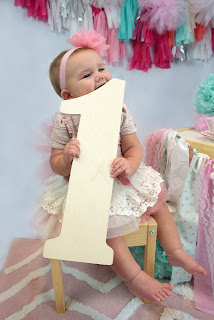BABY BOTTLES
BABY BOTTLES
Baby bottles are containers used to feed infants and young children formula or breast milk. They typically have a wide base, a narrow neck, and a screw-on cap or nipple that allows the liquid to flow through. Some baby bottles are made of plastic, while others are made of glass or stainless steel. Some bottles also come with special features such as insulation to keep the liquid warm or cool, or vents to reduce colic. It is important to choose a bottle that is easy to clean and made of safe materials for the baby.
When choosing a baby bottle, it is important to consider the material it is made of. Glass bottles are durable and easy to clean, but they can break if dropped. Plastic bottles are lightweight and less likely to break, but some types of plastic can contain harmful chemicals such as BPA. Stainless steel bottles are durable, do not contain chemicals and are also easy to clean.
Another important factor to consider is the shape and size of the bottle's nipple. The nipple should mimic the shape and feel of a mother's breast as closely as possible, and the size should match the baby's age and feeding habits. Bottles also come with different flow rates, so you can choose the one that is appropriate for your baby's age and feeding habits.
It's also important to choose a bottle that is easy to clean and sterilize. Some bottles are dishwasher safe, while others need to be cleaned by hand. Some bottles also come with additional parts such as valves or liners that can be difficult to clean.
In conclusion, when looking for a baby bottle it is important to choose one that is made of safe materials, has a design that mimics the feel of a mother's breast, has a flow rate that is appropriate for your baby, and is easy to clean and sterilize.
Another important consideration when choosing a baby bottle is the type of teat or nipple it comes with. Teats come in different shapes and materials such as silicone, latex, and rubber. Some teats are designed to mimic the shape of a mother's breast, while others have a more traditional shape. Teats also come in different levels of firmness and flexibility, and the baby's age, feeding habits, and preference should be taken into account when choosing the right one.
Another option is to use a bottle with a vented system. This type of bottle is designed to reduce the amount of air that the baby takes in during feeding, which can help to reduce colic, gas and fussiness. Vented bottles are typically more expensive than standard bottles and may require additional parts to be cleaned.
It's also worth considering the volume of the bottle. Some bottles are available in larger sizes for older babies and can be useful for when you're on the go, whereas smaller size bottles are better for newborns and infants.
Finally, when using a baby bottle, it's important to follow the manufacturer's instructions for cleaning and sterilizing the bottle and teat to ensure that it is free from bacteria and safe for the baby to use. It's also important to regularly check the bottle and teat for signs of wear or damage and replace them as needed.
In summary, when choosing a baby bottle it's important to consider the material it is made of, the shape and size of the nipple, the flow rate, ease of cleaning and sterilization, the type of teat or nipple, vented system, volume and always follow the manufacturer's instructions for cleaning and sterilization.






